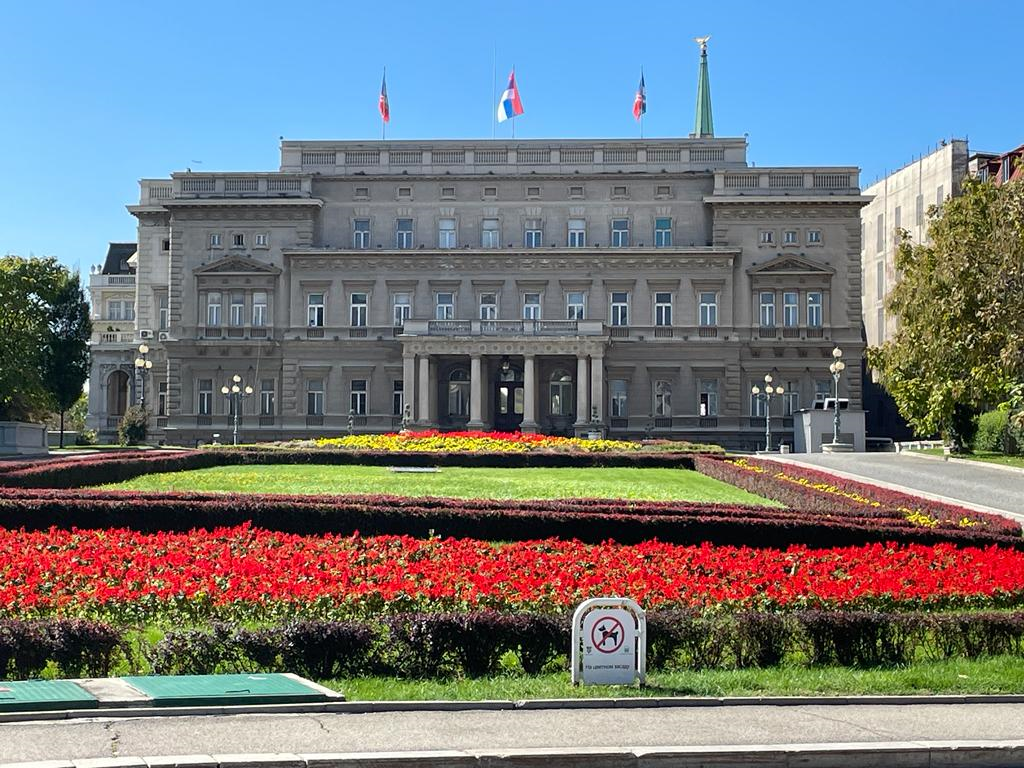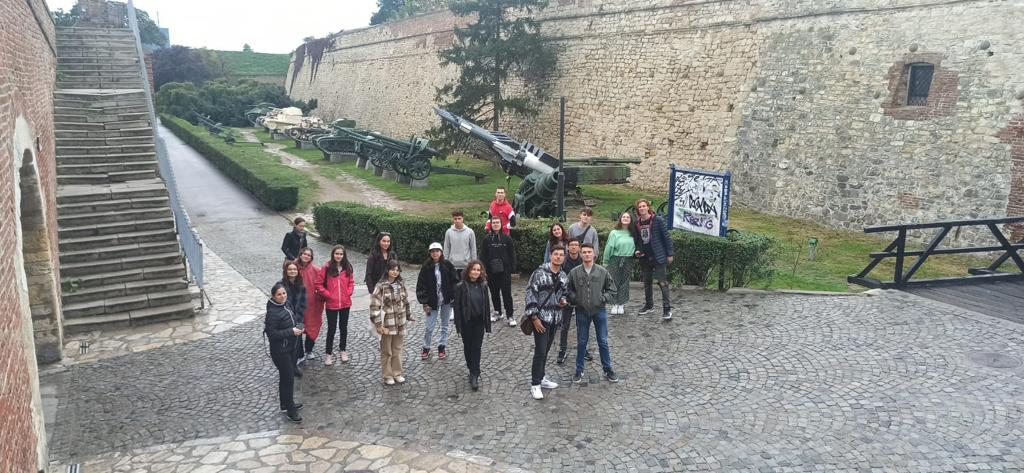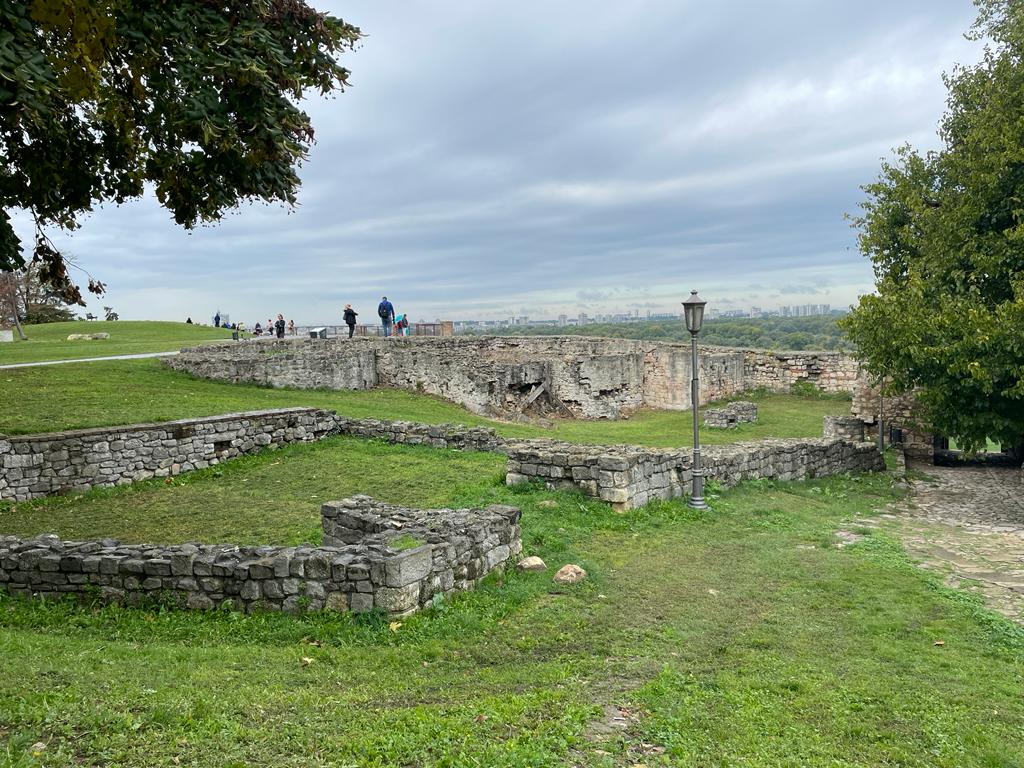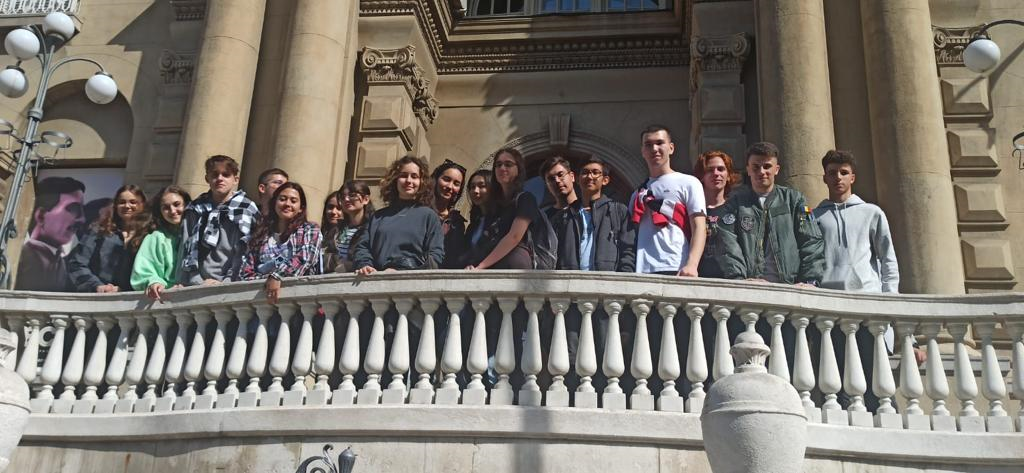Belgrade, a connection between Est and West – Rasid Sara

Belgrade, the capital of Serbia, is located at the confluence of the Sava River and the Danube, where the Pannonian Plain meets the Balkans. It is one of the oldest cities in Europe that throughout history has been knocked down countless times and has risen every time. It had a tumultuous history due to its strategic position, between east and west, being besieged over 40 times.
Any circuit in the Balkans puts Belgrade as a transit city. That is why our first stop to Celje in Slovenia, the host city of mobility within the Erasmus+ project "Dialogues" of the "Ovidius" Theoretical High School was in Belgrade.
On this occasion we visited the Belgrade Fortress, also known as Kalemegdan. Both the fortress and the surrounding park are basically the core of Belgrade. Here we encountered traces of the walls from various historical periods, from the Roman period to the Habsburg one. The fortress builds a military museum where there is a collection of tanks from the Second World War.
A second stop was at the Nikola Tesla Museum. The museum is dedicated to the man that the Serbs worship, namely Nikola Tesla, who made significant contributions to the development of electrical engineering, was a pioneer in the study of alternating current and electricity. Half of this small museum is dedicated to Tesla's personal belongings, while the other half contains models of his inventions. Here we participated in a beautiful physics lesson.
We also took a tour through the city center, starting with Knez Mihaila Street, a kind of "Lipscani" of the Serbs. Both the main street and the adjacent areas include various commercial spaces such as: shops, restaurants, pubs, but also headquarters of institutions and higher schools.
Thus, we had the opportunity to explore the streets full of history, to let ourselves be embraced by the vivid rhythms of Serbian music and to interact with the locals.
 |
 |
 |
 |